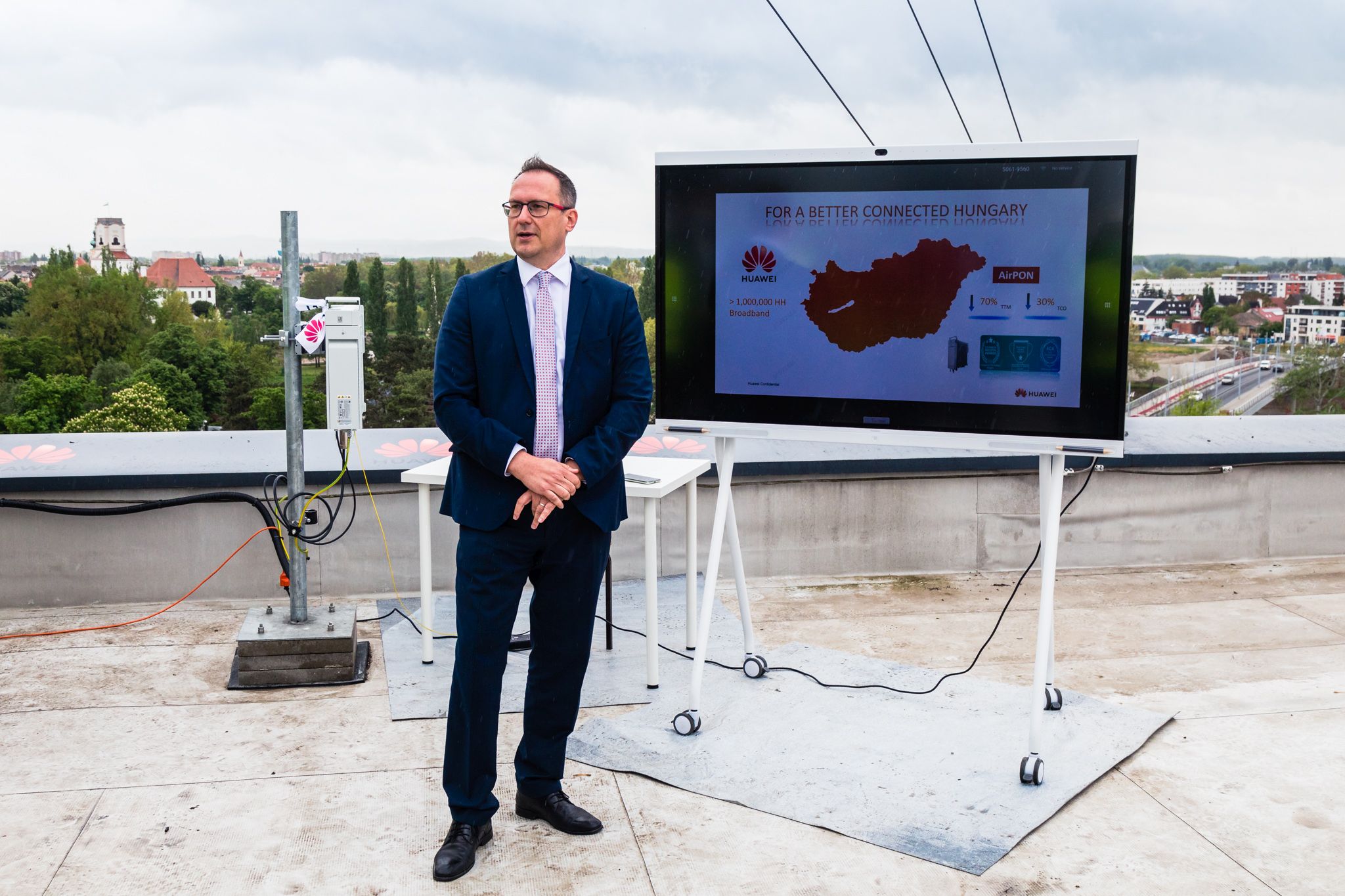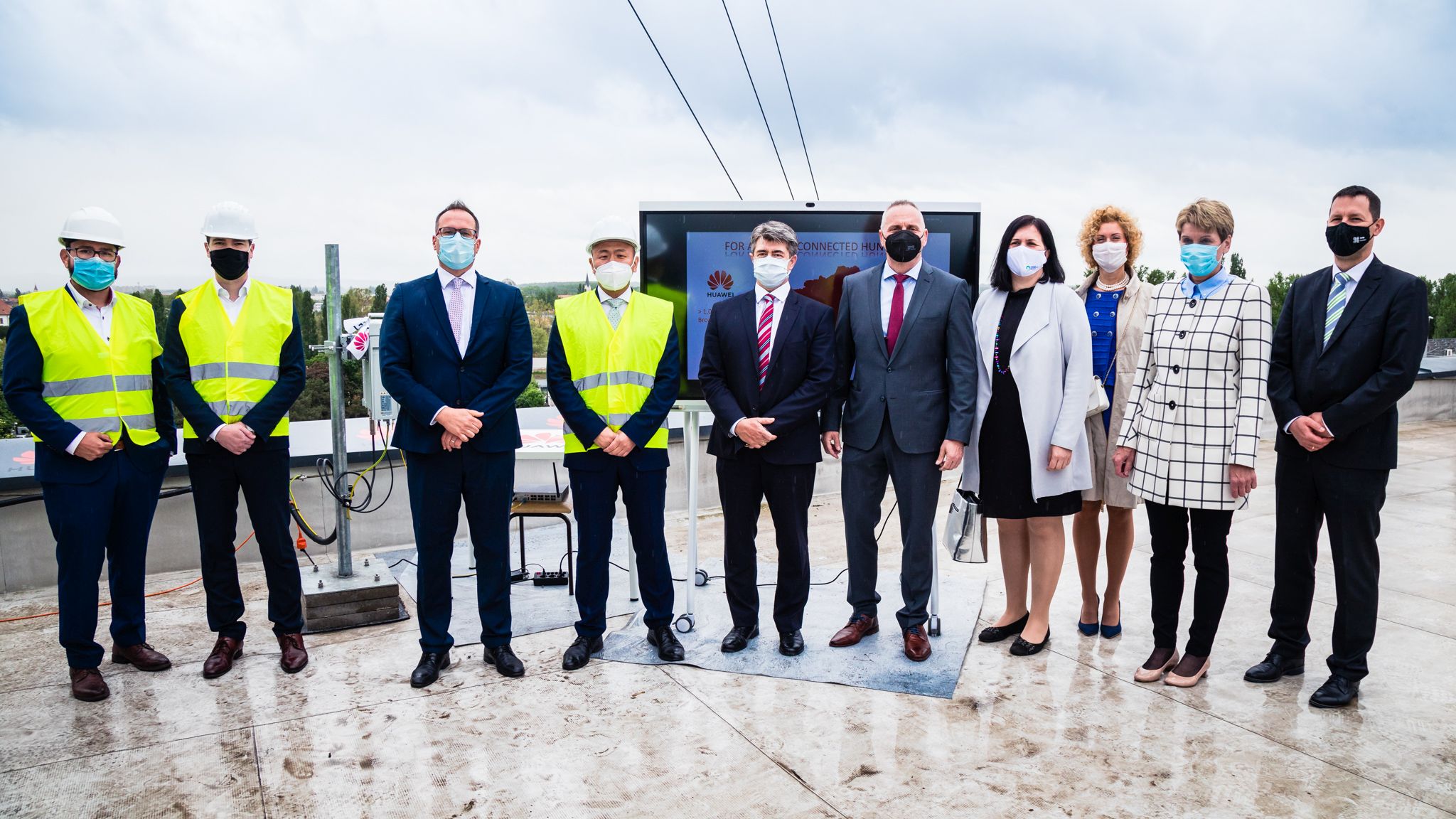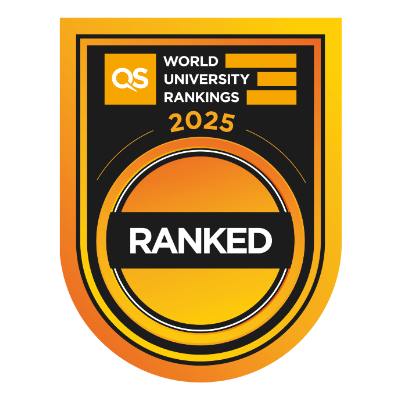Huawei presents new technology at Széchenyi István University
At Széchenyi István University, Győr, as part of World Telecommunications Day, Huawei Technologies Hungary gave a presentation of its new technology, enabling broadband internet to reach households much faster than previously. Operating on up to 5G, AirPON combines wired and wireless technology to help telecom service providers deliver the Internet wirelessly from a given cable endpoint to homes, public buildings and industrial buildings - reducing network deployment time by up to a third. Hungary will be the third country in Europe to have such technology, which will be next year widely employed on a global scale.
Fiber optic cables are key in the digital age. By providing fast and reliable internet connections they can be seen as the engines of economic development - in Hungary, too, broadband internet access is an important goal for all households. As a result of the epidemic, the home office has also become ever more widespread, for which it is important to have stable broadband internet and its speedy deployment.
The construction of fixed networks, however, is a costly and time-consuming process, and telecom service providers face a number of challenges due to the lack of on-site resources. One of these is distance bridging, that is, for the service provider to be able to deliver the Internet from the optical terminal (OLT, or Optical Line Terminal) to end users located at a distance of up to 10-20 km. This is also a time-consuming process, as obtaining the permit to install optical cables can require anything up to 6-10 months, with deployment possibly taking up to a year.
For many years now the host of World Telecommunications Day in Hungary, Széchenyi István University, Győr, was the venue for Huawei’s presentation of a new technology which offers a solution to the problem, enabling broadband fibre optic internet to be built much faster and more cost-effectively than before to reach homes, public buildings and industrial buildings. One of the key benefits of Huawei's AirPON solution is that it uses the endpoint of an existing wired system to further transmit the Internet in microwaves – without wires and cables – thus requiring fewer parts and materials for installation. Network deployment can be reduced by 70 percent. No fixed outdoor or indoor box is required for installation so that the unit can even be mounted on the wall or on antennas or poles on the roof. It also further reduces download delays during online learning, gaming or office work.
After Turkey and Spain, Hungary is the third country in Europe into which the company is introducing the AirPON technology, and by next year it is expected to be widely employed on a global scale.
"In order to maintain social and economic development and competitiveness, Hungary continues to prioritize fast, delay-free data transmission, the Internet, requiring both wired and wireless technologies," said Károly Solymár, Deputy Secretary of State responsible for digitization at the Ministry of Innovation and Technology, who was present at the demonstration. "AirPON technology accelerates the construction of a gigabit society," he added.

Deputy Secretary of State Károly Solymár (photo: Csaba József Májer)
"Using Huawei's network devices, broadband internet is now available in more than one million households in Hungary," said Colin Cai, CEO of Huawei Technologies Hungary.
“Huawei supports Hungary's digital transition with the very latest technologies,” he emphasized. „AirPON will make a significant contribution to the realization of Hungary’s infocommunication goals, so that digitalization can help all Hungarian people, businesses, schools and universities.”
Dr György Wersényi, Dean of the Faculty of Mechanical Engineering, Informatics and Electrical Engineering at Széchenyi István University, drew attention to the fact that they cooperate with Huawei in many areas, so for example the company offers its English-taught training courses for free to students of the University who, using the infrastructure provided by the company, can acquire up-to-date knowledge. "All this increases the attractiveness of our institution, and our high-performing graduates have the opportunity to find a job not only at Huawei Hungary, but globally, including the Chinese company's huge number of suppliers, collaborators and end-user partners," the Dean explained. He noted that, in their experience, students can find jobs extremely quickly, which is especially true for electrical engineers and computer engineers.
Dr Eszter Lukács, Vice-Rector for Educational Affairs, emphasized that with the change of model, the University has had the opportunity to participate in international strategic collaborations, its goal being to achieve world-class quality in the fields of infrastructure, education and research. She added that the University is striving to build close relations with Chinese universities and would like to establish a strong Chinese student community in Győr.
“Our existing cooperation with Huawei is a great support in this. The strategic goal of our institution is to increase global visibility, which is also greatly aided by world-renowned large corporate partners such as Huawei,” emphasized the Vice-Rector.

Participants of the press event (photo: József Csaba Májer)











